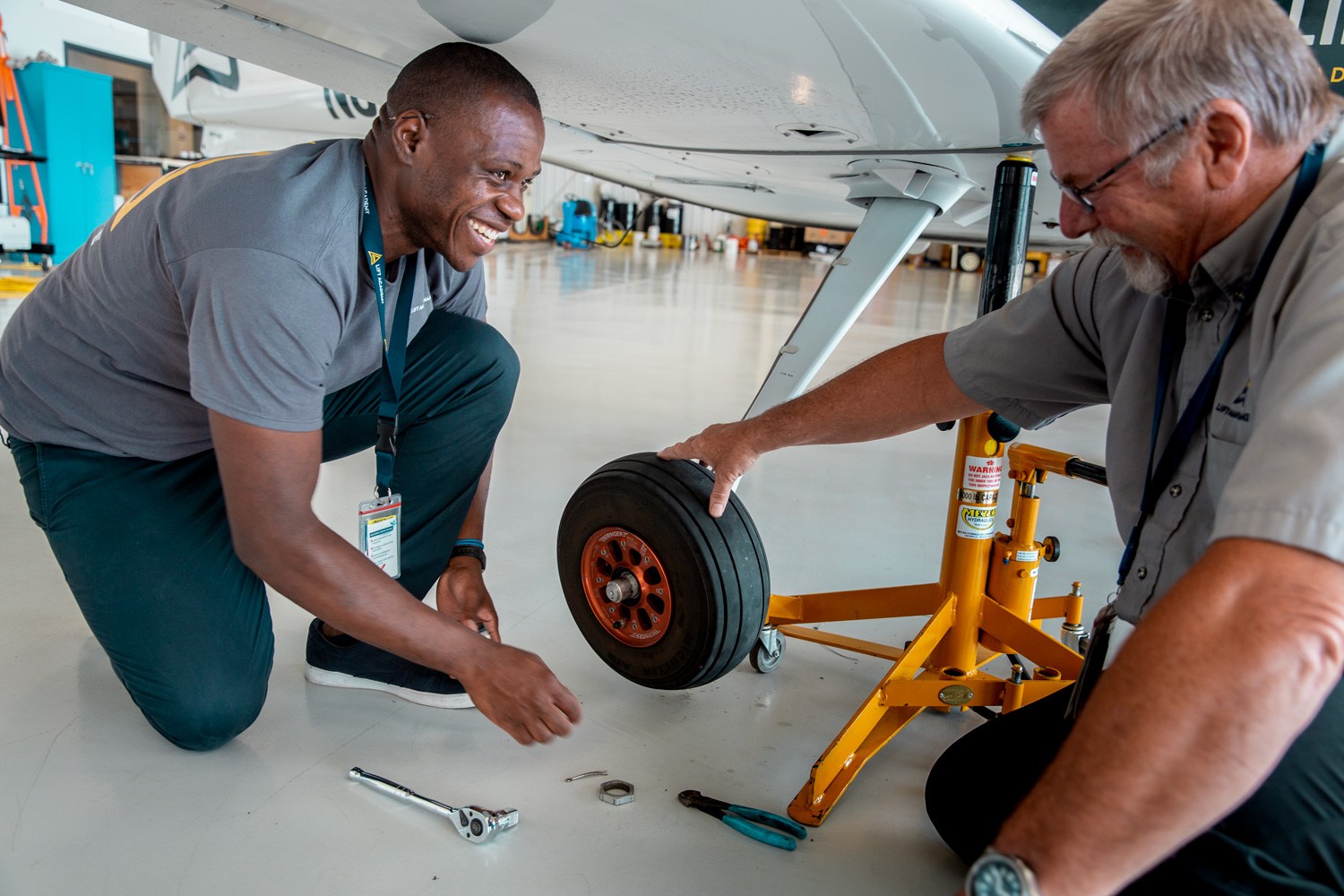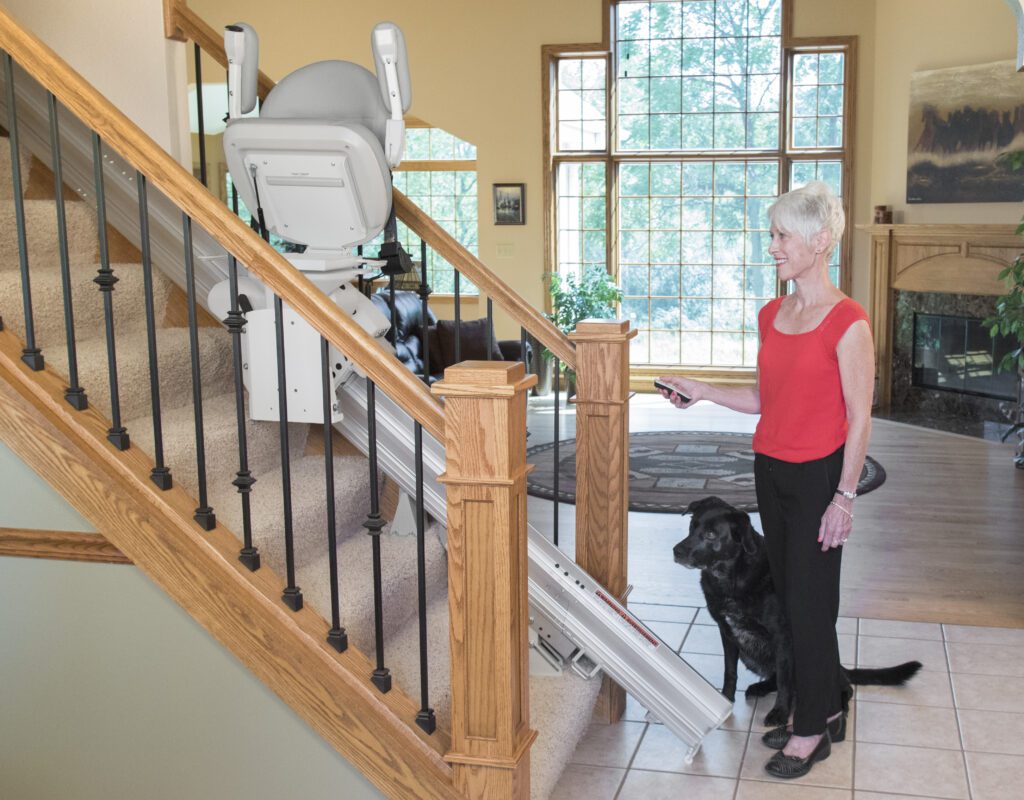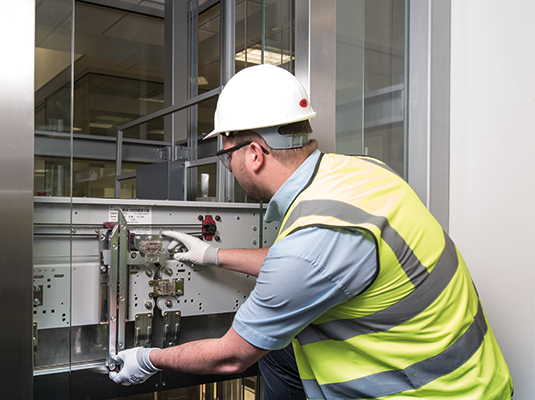Lift Maintenance Repair: Essential Providers for Optimum Lift Efficiency
Lift Maintenance Repair: Essential Providers for Optimum Lift Efficiency
Blog Article
Pro Tips for Maintaining Your Lift in Leading Problem: An Extensive Introduction
Making sure the ideal functioning of a lift system is essential for a effective and safe procedure in various setups, from industrial stockrooms to industrial structures. By sticking to a structured upkeep regimen and preemptively resolving potential problems, lift owners can alleviate costly downtime and security hazards.

Relevance of Routine Upkeep
Regular upkeep of your lift is crucial to guarantee its optimum performance and long life. By adhering to a routine maintenance timetable, you can recognize and deal with potential concerns before they rise right into pricey fixings or unexpected downtime. Routine upkeep tasks such as lubricating relocating parts, examining for wear and tear, and examining hydraulic systems can help stop breakdowns and guarantee risk-free procedure.
Disregarding regular maintenance not only jeopardizes the performance of your lift but also positions security threats to customers and building. Components that are not correctly preserved might stop working all of a sudden, bring about accidents or damage to the lift itself. Moreover, dealing with problems early with upkeep can prolong the life expectancy of your lift and minimize the probability of significant malfunctions.
In enhancement to boosting safety and security and efficiency, regular maintenance can also save you money in the long run. By purchasing preventive maintenance actions, you can stay clear of pricey fixings or substitutes that may develop from overlooking the upkeep of your lift. In general, prioritizing regular upkeep is vital for maximizing the functionality and durability of your lift system.
Top Elements to Evaluate

Additionally, pay attention to the lift's safety and security features, such as emergency situation stop switches, security sensing units, and interlocking systems, to guarantee they are functioning appropriately. Frequently evaluate the lift shaft for particles or blockages that could impede the motion of the lift cars and truck. Lastly, don't forget to take a look at the doors, joints, and door drivers to guarantee smooth opening and closing operations. By thoroughly inspecting these top parts, you can catch prospective problems early and ensure your lift continues to be in leading condition.
Positive Fixing Techniques
When faced with potential lift system concerns, taking on aggressive fixing methods can dramatically boost operational efficiency and prevent pricey downtime. Among the vital aggressive fixing techniques is to on a regular basis examine and keep an eye on lift efficiency data. By tracking metrics such as lift rate, electric motor temperature level, and power usage, maintenance groups can identify early indicators of prospective problems and take rehabilitative activities before they rise. Carrying out regular aesthetic assessments of important components, such as wires, pulley-blocks, and safety devices, can likewise help in detecting wear and tear or imbalances that might lead to breakdowns. In addition, carrying out a preventive upkeep schedule that consists of lubrication of moving components, testing of emergency situation brakes, and calibration of sensors can proactively resolve typical lift system problems.
In addition, investing in training programs for maintenance team on fixing techniques certain to the lift version installed can empower them to detect and fix concerns swiftly. By staying in advance of possible problems with proactive troubleshooting, lift drivers can make sure a smoother and much more trusted operation while lessening the threat of unanticipated break downs.
Necessary Lubrication Practices
Applying correct lubrication techniques is crucial for ensuring the smooth operation and longevity of lift systems. Regular lubrication helps reduce rubbing in between relocating components, stopping damage that can cause site link expensive repair services and downtime. When it pertains to raise maintenance, complying with a strict lubrication routine is vital.
Picking the ideal lubricant is the primary step in efficient maintenance. Various elements of the lift system might need particular sorts of lubes, such as grease or oil. Speak with the manufacturer's standards to figure out the appropriate lubricating substances for every part.

Address any type of problems without delay to avoid additional damages and make certain the ongoing smooth operation of your lift system. By prioritizing proper lubrication methods, you can prolong the life-span of your lift and maximize its performance.
Security Steps for Lift Operators
In order to preserve a risk-free functioning atmosphere and maintain functional performance, lift drivers must rigorously stick to prescribed safety protocols, along with focusing on important lubrication practices for optimal lift performance. Precaution for lift drivers are critical to avoid crashes and make certain the smooth performance of the lift system. Operators must go through complete training on appropriate lift operation, emergency treatments, and safety and security standards. Routine devices assessments and maintenance checks are critical to recognize and attend to any type of potential safety and security dangers promptly. It is important for drivers to constantly follow manufacturer referrals for tons capabilities, functional limitations, and safety features use.
Additionally, lift operators have to prioritize personal safety tools (PPE) such as helmets, handwear covers, and harness when useful reference operating at elevations or dealing with hefty loads. Clear interaction amongst operators, upkeep specialists, and various other personnel is important to stop misunderstandings that might lead to mishaps. Last but not least, operators ought to continue to be alert, concentrated, and avoid diversions while running the lift to ensure the security of themselves and others around.
Conclusion
To conclude, keeping a lift in leading condition is vital for making sure safety and security and effectiveness in procedures. Regular upkeep, detailed evaluations of vital elements, proactive troubleshooting, appropriate lubrication methods, and adherence to safety actions are crucial for lengthening the life-span of the lift and stopping accidents. By following these standards, lift drivers can make sure the ongoing capability and safety of their tools.
By sticking to an organized maintenance routine and preemptively dealing with potential issues, lift proprietors can reduce expensive downtime and safety hazards. Frequently check the lift shaft for debris or obstructions that could impede the movement of the lift automobile.In order to preserve a safe working setting and promote functional effectiveness, try this lift operators must carefully stick to recommended safety protocols, along with focusing on vital lubrication methods for optimum lift efficiency. Security steps for lift drivers are critical to stop mishaps and ensure the smooth performance of the lift system. Routine upkeep, detailed examinations of crucial elements, aggressive troubleshooting, appropriate lubrication practices, and adherence to safety and security procedures are crucial for extending the lifespan of the lift and preventing crashes.
Report this page